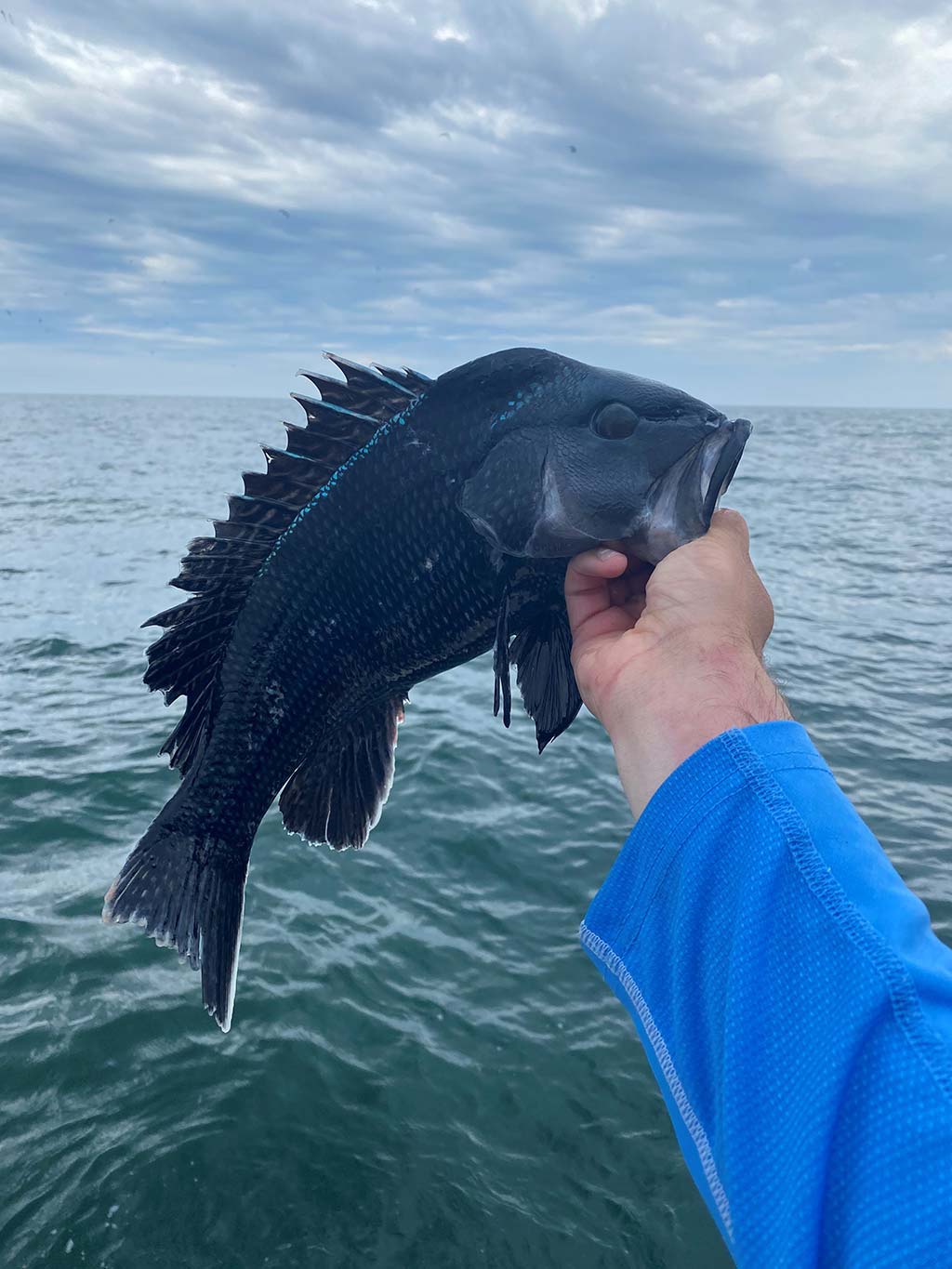
Don’t overlook sea bass and porgies, they’re easy to catch, fight like mad and can make for a great day on the water.
Porgy season is all year and sea bass season lasts until December 31. And to make it even better, bag limits on the two go up as well over the course of the year. On the sea bass front, the limit goes up to seven beginning September 1, while on the porgy front, it stays at 30 for private boaters, but jumps to 50 for the professional fleet of charter and party boats. These bag limits allow anglers to take home a few quality fish for the table if they choose, and also makes for some tired arms at the day’s end.
Sea bass and porgy action this year has been phenomenal. Just look at the weekly reports! Anglers have been catching quality sea bass all summer, with bucketloads of porgies on virtually any trip. In fact, I recently took a trip to Bug Light on the North Fork with my son-in-law Isa, buddy Charlie Murray, and grandson Andrew. In four hours we had at least 200 fish, keeping about 25 for the table. My grandson had the biggest—a fat 17-incher.
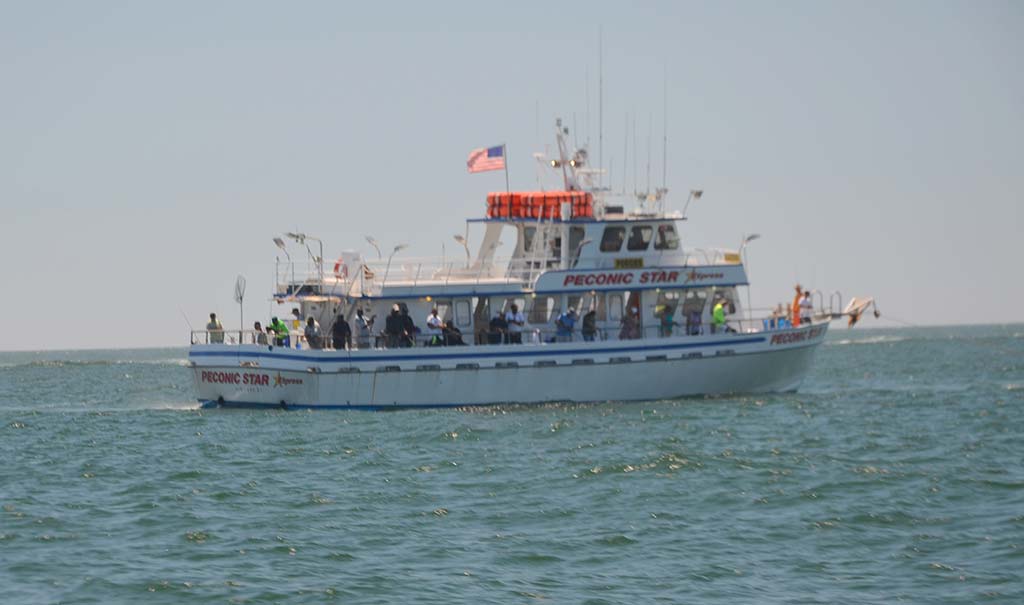
The Pieces
Size: 15-inch minimum size
Limit: 7 per angler
Fall Season: Sept 1 – Dec 31
For either species, rough bottom or wrecks are the keys. On Long Island, anglers have an ample supply of artificial reefs on the South Shore. Recently, Fire Island and Shinnecock received new pieces to add to the already fantastic structure. On the North Shore and North Fork, the rocky terrain makes for an ideal porgy and sea bass habitat. I could list hundreds of great locations on both sides of the Island, but it is a lot easier to just outline what I feel is the best case scenario. For specific locations, I suggest you take a look at Captain Seagull’s Charts. They are a great way to map out a day or find smaller pieces and humps as well.
Structure Breakdown
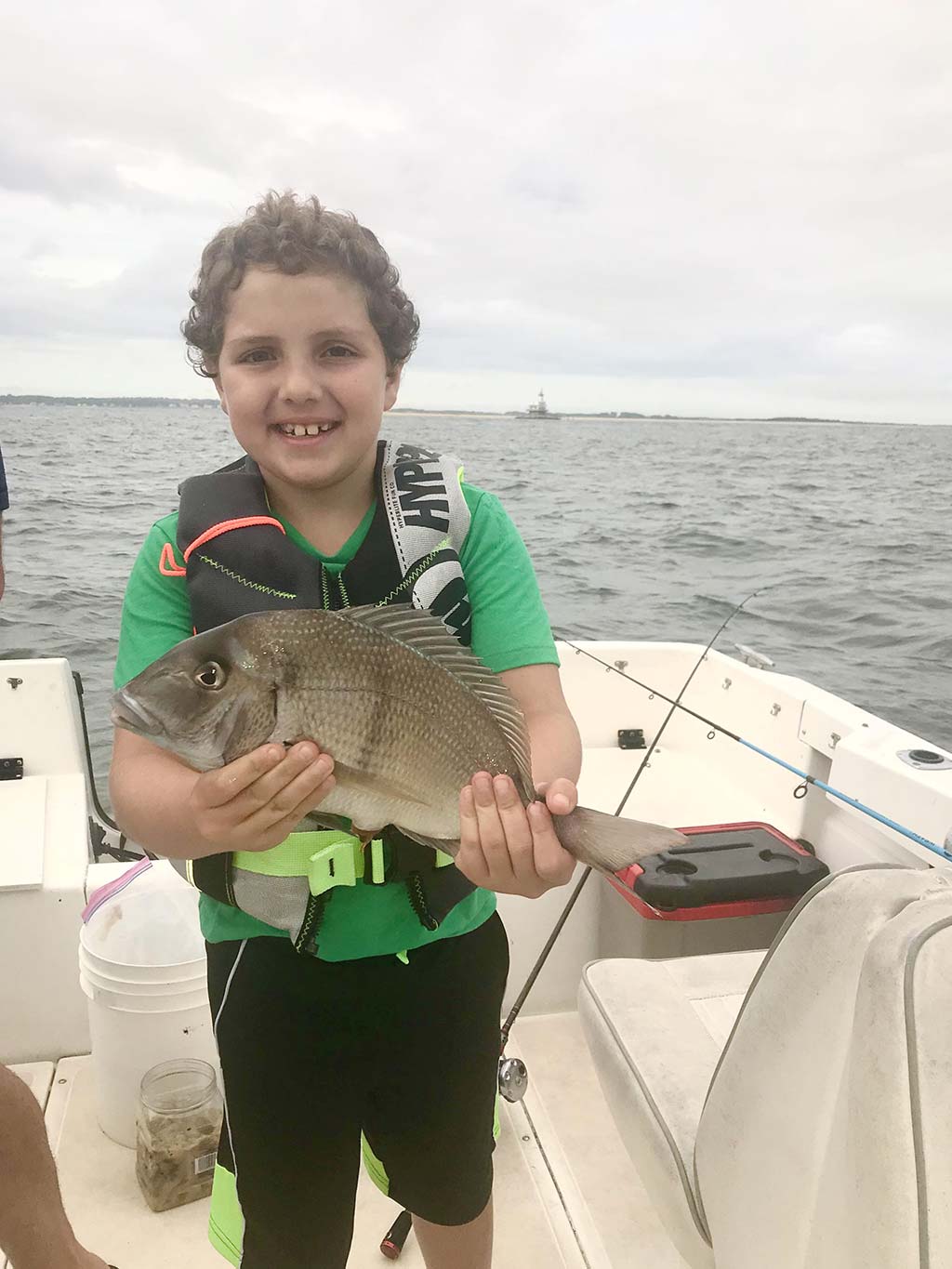
The species like similar habitats, but there are definitely differences, and sizes, depending on the area you are fishing. For porgies, I prefer an area with some larger boulders. The south side of Montauk near Kings Point is an ideal locale. On the South Shore, search the reefs with your electronics and find rises off the bottom that are distinct. Ditto on the North Shore, but you can search open bottom in distinct areas. The Horton Point rocks are a good area, as are the Middle Grounds.
For sea bass, they like similar structure, but can also be found on an open or rough bottom. Sea bass are very aggressive and will readily take baited hi-lo rigs tipped with clam, squid, or Berkley Gulp. They will also hit a variety of jigs from a butterfly, Lucanus, and plain old-fashioned Diamond Jigs.
When jigging, allow your jig to hit bottom, then reel up about a foot or so. Keeping the jig vertical is paramount, then sharp jigging with your rod tip will entice a strike. Where I like to find sea bass is on the edges of the South Shore reefs. By edges, I mean the area where the reef begins to get filled in with high points. Fish as if it was a ledge, allowing your bait or jig to glide down into open water.
Sea bass and porgies are not just ocean dwellers but can be caught inside the bays on the North Fork, South Shore, and North Shore. The fish will usually be smaller, but they can also be quite plentiful. As the fall progresses, it is not uncommon to find both species in the inlets of the South Shore, or near the bridge structure close to these inlets. In the bay, dropping down a chum pot while at anchor can also make a huge difference in the day’s catch.
If you do not have your own boat, there are party and charter boats surrounding Long Island that sail throughout the fall. These guys are real pros, and in fact, some actually specialize in porgy and sea bass trips. On the party boats, don’t be surprised if you see weakfish, stripers, blues, and more come over the rails too.
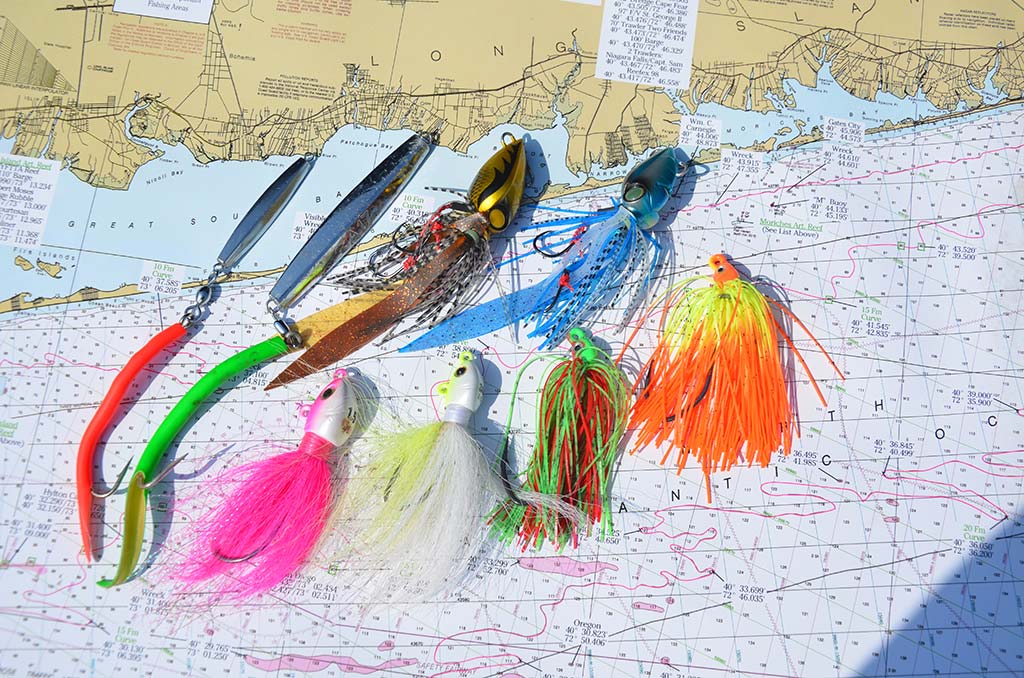
The Outfit
The rod and reel can vary with the fishing method. General bottom bouncing for either species will need a rod rated for at least 2 to 5 ounces. Bring a backup rod a little heavier in case the tide is cranking or the wind is blowing. As I am getting older, I just don’t head in when it is cranking hard or the tide is ripping.
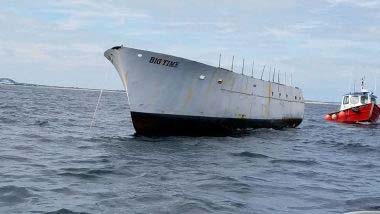
I usually use a 7-foot rod rated for 10- to 20-pound line with a fast taper. As with most of my saltwater arsenal, my reel of choice is the Abu Garcia 6500C3 with a power handle. This reel is durable, has a decent retrieve speed and plenty of power. I spool up with a variety of lines. For calmer, less current days I like 20-pound monofilament straight up. If the tide or current is running a bit, and I need heavier weights I’ll opt for KastKing SuperPower braid in 20-pound test with a trace of KastKing Konert fluorocarbon in 20 or 25 pounds tied in with a double Uni-Knot.
For jigging sea bass, a spinning rod rated for the same 10- to 20-pound test is fine. Match this up to a 3000 to 4000 size reel and you are set. Shimano, Daiwa, and Tsunami all make specific rods for jigging.
Size: 9-inch minimum size
Limit: 30 per angler
Charter/open boat bag limit: Expands to 50 per angler from September 1 – October 31.
Season: All year
Fall is fast approaching and although I know most anglers look to striped bass and blackfish as their go-to species, don’t overlook sea bass and porgies. They’re easy to catch, fight like mad, and can make for a great day on the water with family or friends.
Grab a Captain Seagull chart for your area and search for high points, lumps, drops, and specific reefs. Map out your day, and then hit the water. I guarantee you will be happy at the end of the day. Although the guy filleting may be a bit unhappy!



